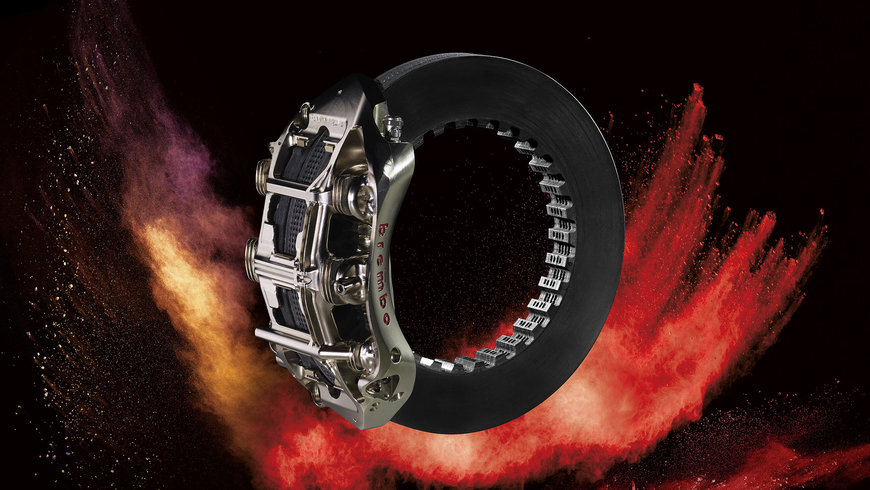www.auto-innovations.net
12
'20
Written on Modified on
Brembo News
A GUIDE TO THE BREMBO BRAKING SYSTEMS IN FORMULA 1 SINGLE-SEATERS AND THEIR USE AT THE MUGELLO CIRCUIT
According to Brembo technicians, the Mugello Circuit is one of those tracks with a medium level of difficulty for brakes.

On a scale of 1 to 5, it earned a 3 on the difficulty index, the lowest of the GPs held in the last few weeks. The GP is also Ferrari's 1000th appearance in Formula 1 with at least one Brembo brake component used for 777 of these appearances.
Formula 1 has never raced here but Ferrari, who has owned the circuit since 1988, carried out tests at the beginning of July with 2018 single-seaters. MotoGP, on the other hand, first raced on the Mugello circuit in 1976 and has been using it on a regular basis since 1991. It was at Mugello in 2008 that Valentino Rossi test drove the F2008: two Italian myths, brought together by Brembo, present on all the motorcycles he has used in the World Championships.
The Brembo friction material for Formula 1
Formula 1 cars use Brembo discs with different thicknesses: 32 mm (1.26 in) at the front and 28 mm to 32 mm (1.1–1.26 in) at the rear. The Brembo pads also come in different sizes: they are 22 mm (0.87 in) on the front and 17 mm (0.67 in) on the rear.
The discs are in carbon fiber: the sheets of carbon fiber are overlapped and stitched together using presses, and infiltrated with special resins. During the season, each team will wear out 150 to 300 discs and up to 600 pads.
Brake use during the Formula 1 Tuscany Ferrari 1000 Grand Prix
The official record for Formula 1 at Mugello was set in 2004 when Rubens Barrichello driving for Ferrari completed a lap in 1’18’’704, with an average speed of almost 240 km/h (149.1 mph). The present-day single-seaters should be a couple of seconds faster even if they use the brakes for over 17.5 seconds per lap: at Monza on the other hand, the brakes are used for 7 seconds less.
On the Mugello track, MotoGP riders use the brakes on 9 bends whereas F1 drivers use them on only 6: thanks to the grip provided by the four wheels, the single-seaters tackle bends 6, 8 and 9 at full speed whereas the motorcycles lose 82 km/h, 38 km/h and 35 km/h (50.1, 23.6, 21.7 mph) respectively. From the start to the checkered flag, the F1 drivers apply a load of almost 37.5 tonnes on the brake pedal.
The most demanding braking section of the Mugello Round
Of the 6 braking sections at the Tuscany Ferrari 1000 GP, two are classified as very demanding on the brakes, 2 are of medium difficulty and the other 2 are light.
The hardest for the braking system is San Donato, the first one after the finish line: the single-seaters arrive at 333 km/h (206.9 mph) and then slow down to 147 km/h (91.3 mph) in just 126 meters (413 feet). To do this, the drivers brake for 2.22 seconds, applying a load of 116 kg (256 lbs) on the brake pedal and undergoing a deceleration of 4.5 G.
www.brembo.com

